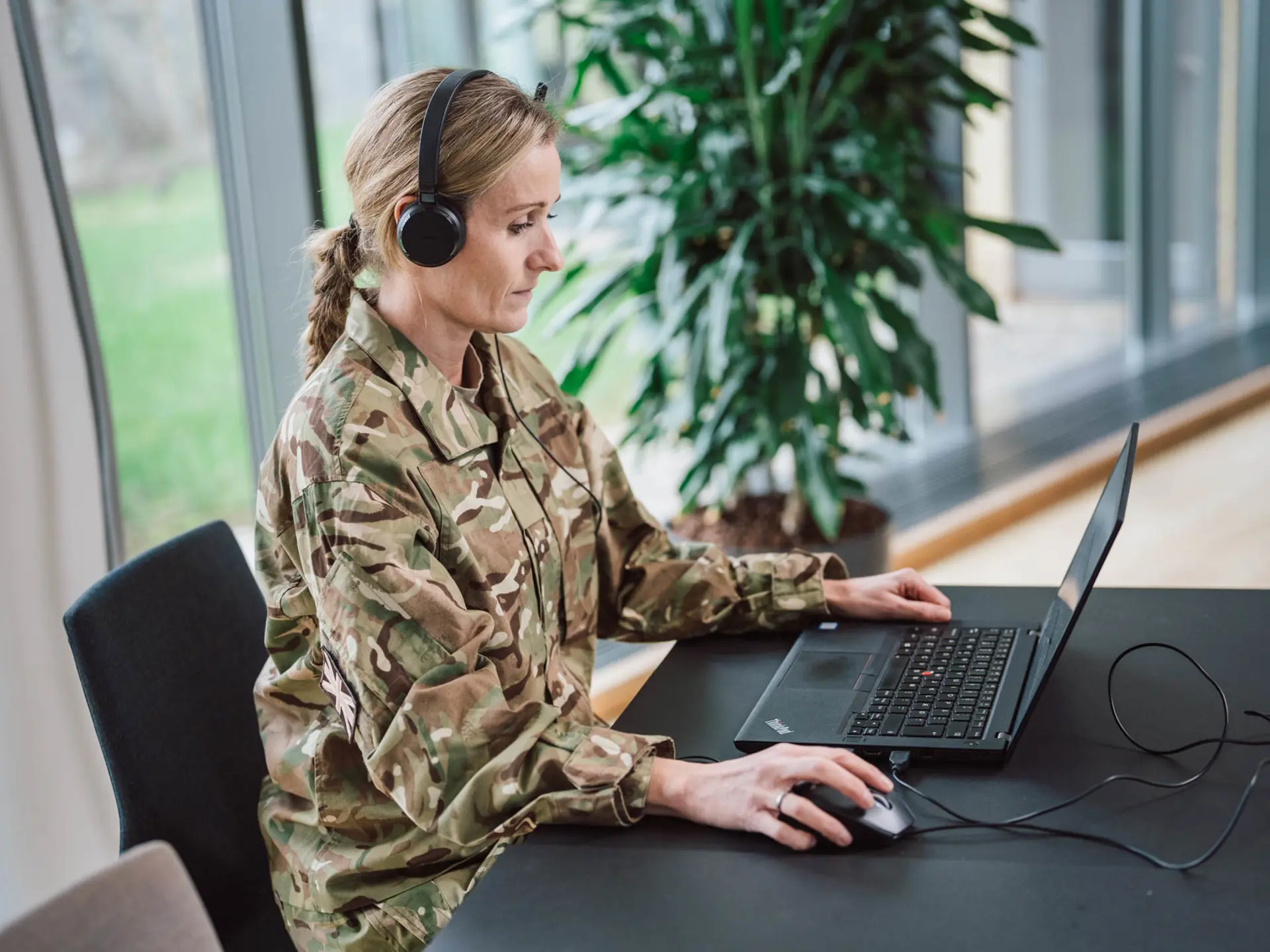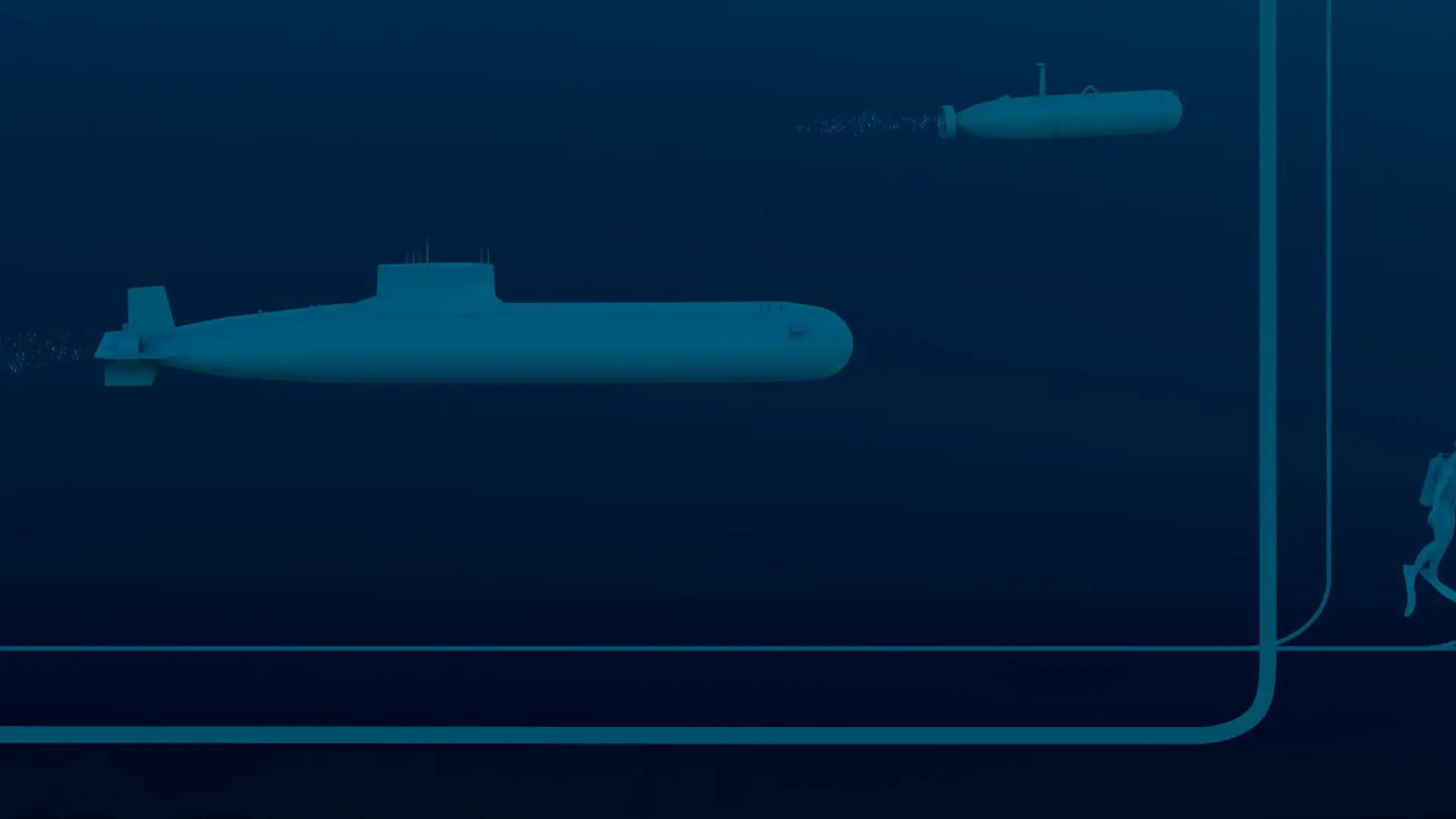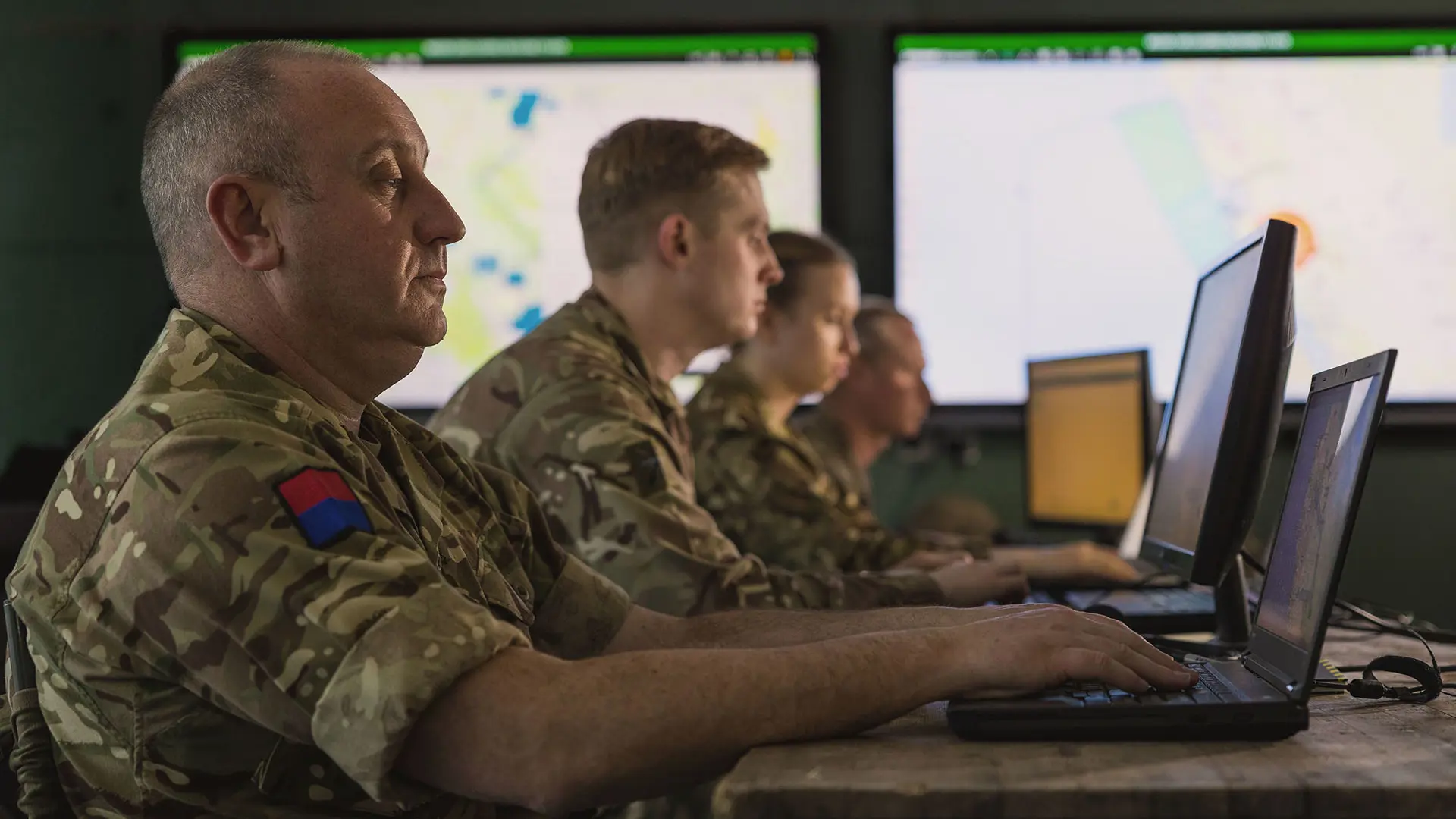The dangers of digital hubris
Ensuring no stakeholders are left behind is an ongoing task that is best supported through flexible training.
Millennials, Gen X, Gen Y, Gen Z, baby boomers – all are stakeholders in the modern digital environment. When delivering new digitalisation initiatives, it is easy to presume that new users will be able to easily interact with the technology, but here is where the element of hubris can come in, and the risk of digital exclusion.
Negative experiences or marginalisation of key stakeholders can prevent the success deployment of a new piece of software, or lead to alienation and discontent. Similarly, one bad experience can colour the view of a user, making it harder to develop positive engagement with technology in the future – which could last throughout a lengthy career. As a result, users may fall back on their preferred processes, systems, or technology, and insist that other potential users also remain disengaged.
In a 2023 report by the UK Parliament’s Communications and Digital Committee, Committee Chair Baroness Stowell of Beeston said: “Digital exclusion is a moving target. As technology develops, people currently confident using IT at work and home will need to keep refreshing their skills to avoid being left behind. We can’t assume younger people are digital natives who won’t need to develop new skills. We need to ensure everyone and all age groups have the digital skills they need to operate and the opportunities to keep developing those skills as technologies change.”
Digital natives vs digital immigrants and analogue experts
Disparities between militaries exist, with some retaining legacy analogue processes for command-and-control due to budget constraints, or a doctrine that requires their forces to be operating in digitally denied environments. Assuming an ally is as digitally capable as your own force can lead to challenges in situational awareness, and complicate the distribution of plans and orders in complex and fluid combat operations.

While digital concepts surrounding warfighting have been around for decades, the ability to push out digitalisation to frontline troops has become easier to implement as communications technology has evolved. This has ranged from radios being able to deliver wider bandwidths while decreasing in size and weight, as well as the ability to deliver increasingly capable ruggedised computing to troops on the ground.
As a result, bringing in new digital command-and-control and C4ISR platforms can lead to resistance from those who prefer the legacy concepts. As militaries transition from manual calculation or plotting to digital solutions, the requirement for digital natives within a military becomes increasingly important.
Digital natives – those who are able to easily assimilate new technology in their daily lives – can significantly support their organisations. They can help those who are analogue experts – ones who are highly capable at an analogue or mandraulic work processes – become digital immigrants and begin to expand their usage of more efficient digital technology and make it an intuitive art of their systems. Once the knowledge of how to use interfaces, access workflows, and perform regular tasks is transferred, digital migrants are then empowered and able to make their own journeys in leveraging a system to their own needs.
The Systematic solution
As a market leader in delivering digital C4ISR technology to militaries around the world, we have worked with a wide variety of users at different stages of their digitalisation journey. As a result, we know how to best implement a C4ISR system, the challenges that organisations face when performing a digital change, and how we can ensure that users across all forces can extract the most functionality out of their SitaWare products.
Systematic offers an on-the-go training platform for the SitaWare suite of products, called SitaWare Aspire. SitaWare Aspire allows for training whenever and wherever a user is, as well as practicing and reinforcing core processes and concepts around SitaWare processes. SitaWare Aspire can be rapidly scaled to deliver mass training to ensure that users reach a common baseline of capability, with options for more specialised training to be delivered through either additional SitaWare Aspire modules or classroom training.
Users of SitaWare Aspire can take their learning into a web-based platform on a desktop computer or allowing for flexible learning on-the-go. The curriculum delivers achievable and certified outcomes, broken into easily delivered lessons that can be revisited to help reinforce the tools that users have learned, while providing capability managers with a clear overview of the level of training and competence that users have.
Updated quarterly, SitaWare Aspire ensures that all users – from digital natives to digital migrants, and analogue experts – can maintain currency with their software as it is updated, meaning that no user is left behind.








